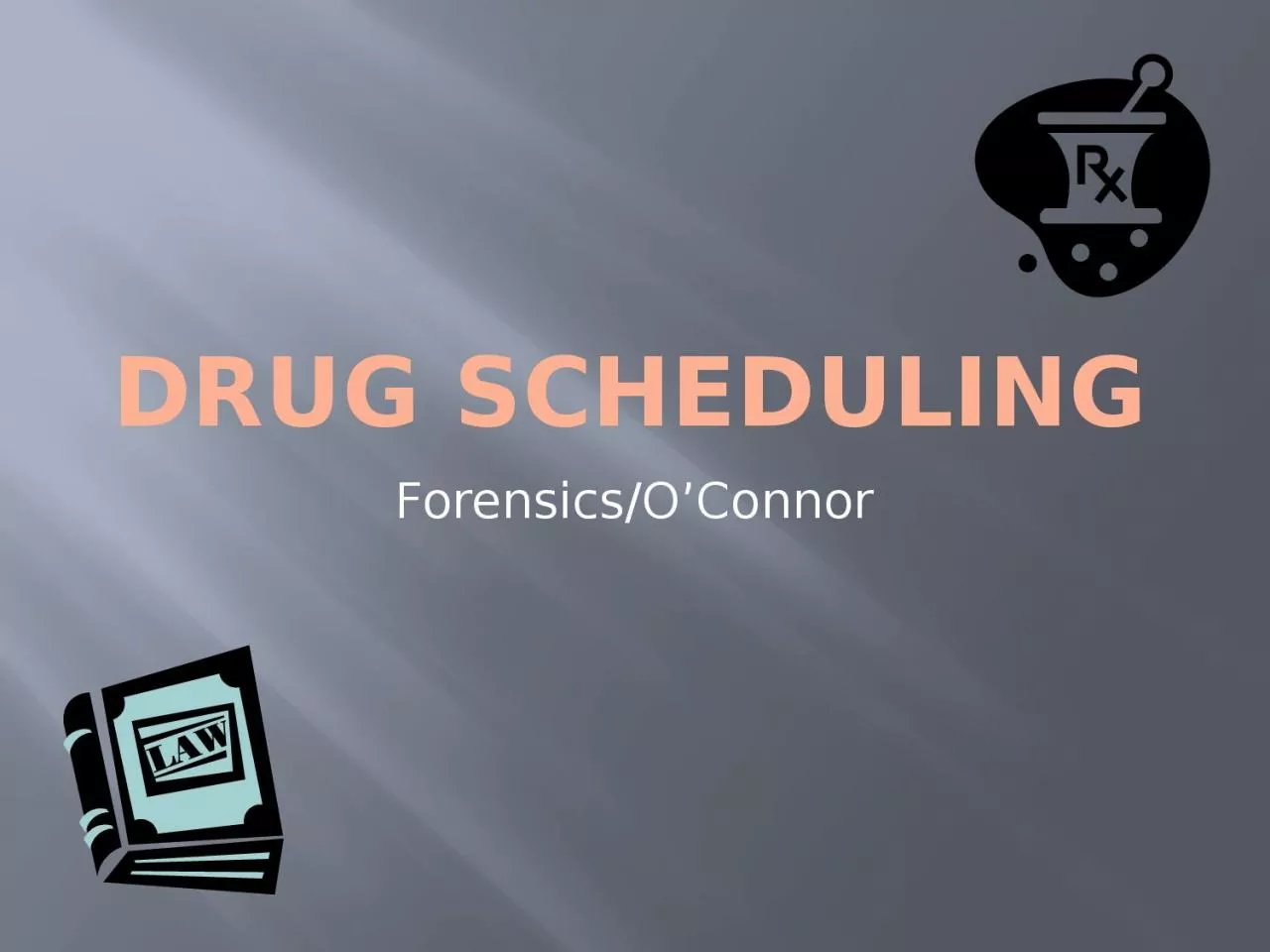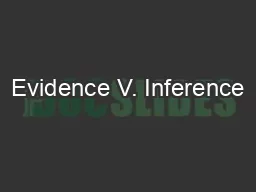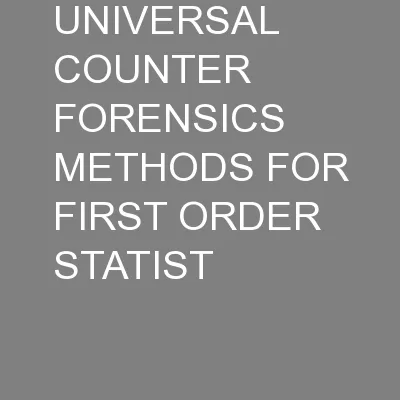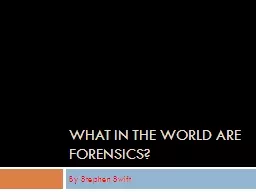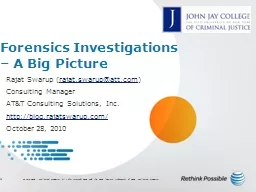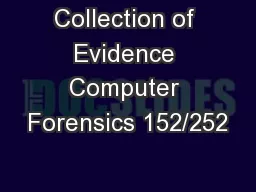PPT-Drug Scheduling Forensics/O’Connor
Author : piper | Published Date : 2022-06-11
DEA Schedule DEA Drug Schedule Site Controlled Substances Act The Controlled Substances Act CSA was enacted into law by the Congress of the United States as Title
Presentation Embed Code
Download Presentation
Download Presentation The PPT/PDF document "Drug Scheduling Forensics/O’Connor" is the property of its rightful owner. Permission is granted to download and print the materials on this website for personal, non-commercial use only, and to display it on your personal computer provided you do not modify the materials and that you retain all copyright notices contained in the materials. By downloading content from our website, you accept the terms of this agreement.
Drug Scheduling Forensics/O’Connor: Transcript
Download Rules Of Document
"Drug Scheduling Forensics/O’Connor"The content belongs to its owner. You may download and print it for personal use, without modification, and keep all copyright notices. By downloading, you agree to these terms.
Related Documents

